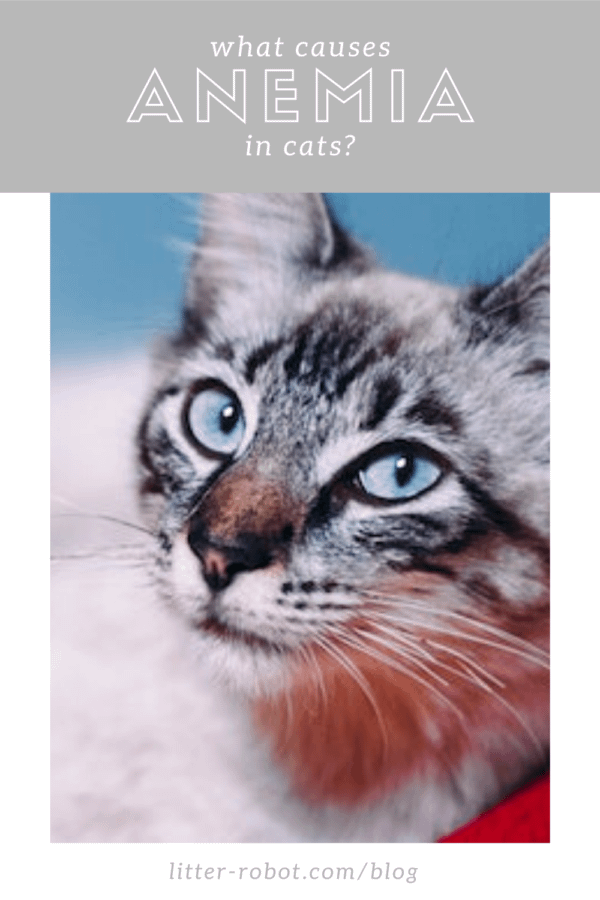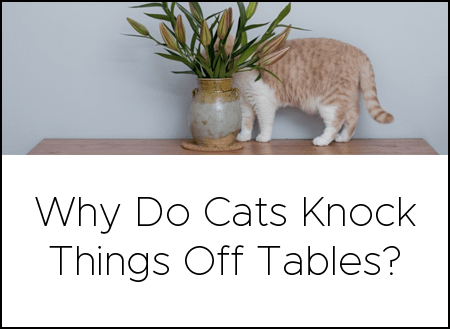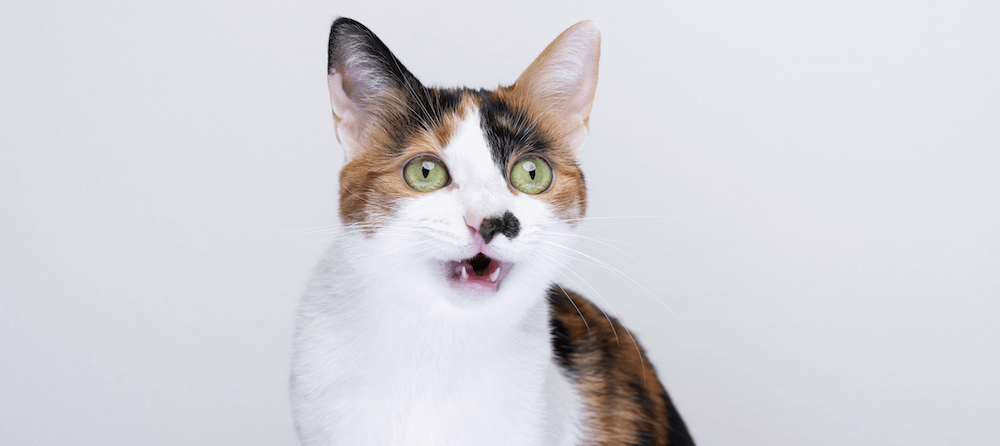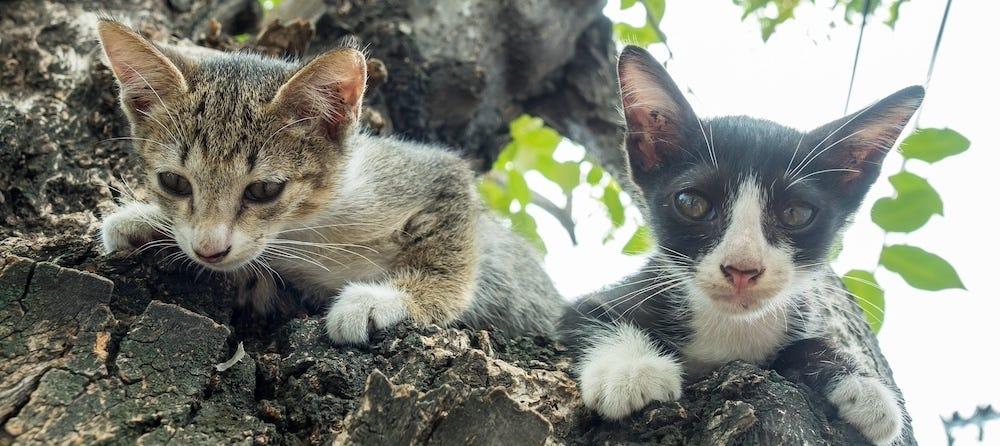If your cat was just diagnosed with anemia, it means that your cat has a decreased number of red blood cells (RBC) in the body. Red blood cell count is typically measured as a packed cell volume (PCV) or hematocrit (HCT) on blood work. Normal PCV/HCT is approximately 35-50% in adult cats. Anything below 35% (depending on the lab reference range) is considered anemic. As an emergency critical care veterinary specialist, I often see severe anemia in cats. This includes a PCV/HCT as low as 20-25%, meaning that the cat only has about half the RBC of a normal cat!
An overview of anemia in cats
There are typically 3 general categories causing anemia in our veterinary patients:
- Blood loss (such as internal bleeding secondary to trauma, cancer, etc.)
- Increased destruction of the RBC (where the immune system destroys its own RBC; hemolysis* or RBC rupture)
- Inadequate production of RBC (secondary to chronic illness, kidney disease, bone marrow suppression, etc.)
*Cats are more at risk to RBC destruction or hemolysis due to their unique hemoglobin (the part of the RBC that carries oxygen); causes for hemolysis may be due to rare toxins (like garlic powder or heavy metals), infectious diseases (e.g., from ticks), cancer, drug/vaccine reactions (rare), and more.
With cats, most of the time, the anemia is chronic—which means it took several weeks for the anemia to develop (versus with acute blood loss from trauma). And because cats are so stoic at showing their clinical signs, please be aware that by the time I see anemia in the veterinary ER, it’s often bad!
What are the signs of anemia in cats?
Clinical signs of anemia are subtle and vague in cats, as they don’t show signs until it’s very severe.
- Lethargy/ generalized weakness
- Decreased appetite
- Pale pink to white gums
- Vomiting
- Excessive thirst
- Increased respiratory rate or effort
- Hiding
- Open-mouth breathing
- Evidence of blood loss (bruising, blood in the urine or feces, external sources, etc.)
- Jaundice (a yellow tinge to the skin)
- A distended stomach
- Weight loss
- Bruising on the body/skin
- Collapse
- Acute death
What causes anemia in cats?
The most common causes for anemia in cats include:
- Parasitic infection (such as gastrointestinal parasites, fleas and ticks, etc.)
- Kidney failure (and the lack of the kidneys producing the hormone, erythropoietin, which normally stimulates RBC production from the bone marrow)
- Chronic (long-term) illness
- Infectious diseases (such as feline leukemia (FeLV), feline immunodeficiency virus (FIV), Hemobartonella, etc.)
- Immune-mediated disease (where your cat’s immune system attacks their own RBC)
- Cancer
- Trauma
- Toxins (such as chronic administration of garlic/onion powder on the food, heavy metals, acetaminophen/Tylenol, etc.)
- Genetic defects
- Iron deficiency
- Drug reactions
- Metabolic disease
As you can see, there’s a long list of different causes for anemia in cats. Also, there’s a whole gamut of other diseases that can cause similar clinical signs to anemia (like respiratory disease, neurologic disease, cancer, and more!), so a thorough veterinary work-up is necessary. More importantly, be aware that if your cat was just diagnosed with anemia, you have to be prepared for some potentially bad news. That’s because anemia can be expensive to diagnose and treat, and typically doesn’t have a good prognosis unless it’s from trauma or something easily treatable (such as flea anemia).
Which breeds or ages of cats are affected by anemia?
While no specific cat breed is associated with anemia, certain diseases are seen more commonly in different breeds. For example, Persians are more likely to develop inherited polycystic kidney disease, which results in kidney failure. Purebred cats are more at risk for FIP, which can cause chronic anemia. As for age, neonatal kittens are at risk for severe flea anemia, while older cats are more at risk for cancer. Younger male, outdoor adult cats are at increased risk for FeLV.
How do you diagnose anemia in cats?
Again, the true definition of anemia is based on a low PCV/HCT. That said, to determine the cause of anemia in cats, your veterinarian will have to get a thorough history, do a physical examination, and do extensive testing. Historical questions may include vaccine history, previous medical problems, exposure to FeLV/FIV, travel history, indoor/outdoor status, flea and tick exposure, toxin or drug exposure, types of supplements or diet, among others. Physical examination findings may reveal shock, pale gums, an elevated heart rate, a heart murmur, decreased intensity of femoral pulses on palpation (consistent with a low blood pressure), enlarged organs (e.g., spleen, liver), enlarged lymph nodes, fluid in the abdomen, jaundice, bruising, and more.
Blood tests
As for specific blood tests that should be done in your cat, they will depend on what your cat’s exposure and history may be. These may include:
- Complete blood count (CBC), which looks at the red and white blood cells (looking for anemia), platelet count, etc.
- A reticulocyte count to measure how many young, immature RBC are present (looking to see if the bone marrow is making more)
- Chemistry panel, which looks at the kidney and liver function, salt balance, blood sugar, and protein
- FeLV/FIV test
- Urinalysis (obtained by sterile technique or cystocentesis), which looks for red and white blood cells, protein, or the presence of bacteria in the urine
- X-rays of the chest and abdomen
- Abdominal ultrasound, which looks at the architecture of the organs
- Clotting tests
- Specific tests for infectious diseases (e.g., PCR for Hemobartonella, certain tests for protozoa or fungus, etc.)
- A bone marrow aspirate (done under sedation by a board-certified specialist)
- A slide agglutination test/Coombs test (testing for an immune-related cause of anemia)
- A blood type/cross match
Less common tests include genetic testing and iron levels. As you can imagine, all these tests can easily exceed several thousand dollars, but are important to identify the cause and overall prognosis for therapy. When in doubt, I recommend a referral to a board-certified veterinary specialist for further work-up. (Know that you can always self-refer too!)
How do you treat anemia in cats?
The treatment for anemia varies with what the underlying cause is—simply put, it’s treating the underlying disease process! Treatment may be something as “simple” as using a fast-acting flea and tick medication (along with flea combing and treating the environment aggressively) for a flea infestation, while for chronic renal failure, it may be rapid diagnosis of the disease, IV fluids, subcutaneous injections of erythropoietin, dietary changes, and careful monitoring by your veterinarian. If your cat was diagnosed with an immune-mediated disease, treatment will include frequent oral medication (such as prednisolone, cyclosporine) to suppress the immune system. If anemia is due to cancer, surgery, chemotherapy, and radiation therapy may be discussed (although the prognosis is poor). Antibiotics may be necessary if the anemia is due to an infectious cause. Removal of poisons, heavy metals, chemicals, or drugs may be necessary if in the rare event it caused the anemia.
The most important component of treating anemia is treating the underlying disease process that is causing the anemia.
If the anemia is severe, your cat might require a blood transfusion (or multiple transfusions, which can be costly). Please be aware that most veterinarians don’t readily have access to cat blood for transfusions, and you’ll often have to go to an emergency clinic or specialty veterinary clinic for this treatment. (Please also know that due to the poor prognosis from FeLV, most hospitals will ethically limit the number of blood transfusions they will provide to a FeLV-positive cat.)
How do you prevent anemia in cats?
So, is there anything you can do to prevent anemia in cats? Yes! By keeping your cat healthy and happy!
- Keeping your cat up to date on their vaccines and on flea and tick medication—even if they may be indoors—is really important!
- Make sure all your cats are negative for FeLV and FIV, and always check the FeLV/FIV status of any cat that you are about to foster, adopt, or purchase.
- Consider keeping your cat indoors to keep them safe, and keep all poisons (such as Tylenol, garlic/onion powder, heavy metals, mouse and rat poison, etc.) out of reach and out of your cat’s environment!
- Always make sure your cat(s) has access to fresh, clean water (in multiple locations and from multiple sources).
- Consider talking to your vet about skipping the vaccines once your cat is above 10 years of age and doing blood work instead so you can screen for diseases like kidney failure sooner. That’s what I do for my own cats to ensure their health!
Key definitions/abbreviations:
- FeLV: Feline leukemia
- FIV: Feline immunodeficiency virus
- HCT: Hematocrit test
- IMHA: Immune-mediated hemolytic anemia
- PCV: packed cell volume
- RBC: Red blood cell
Cover photo by Ludemeula Fernandes on Unsplash









